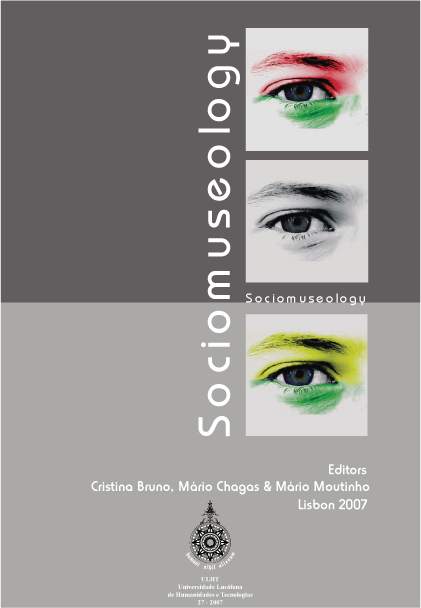MEMORY AND POWER: TWO MOVEMENTS
Resumo
The institutions that work with the preservation and diffusion of cultural heritage - be them archive, libraries, museums, art galleries or cultural centres - present a certain discourse about reality. To understand this discourse, composed by sound and silence, by fullness and emptiness, by presence and absence, by remembrance and forgetting, an operation is implied, not only with the enunciation of speech and its gaps, but also the comprehension of that which causes to speak, of who is speaking and of the point whence one speaks.
Preservation and destruction, or, in another way, conservation and loss, walk hand in hand in the arteries of life. As suggested by Nietzsche (1999, p.273), it is impossible to live without loss, it is entirely impossible to live avoiding destruction to play its game and drive the dynamics of life on.
However, by means of a kind of tautological argument, one often justifies preservation by the imminence of loss and memory by the threat of forgetting. Thus, one ceases to consider that the game and the rules of the game between forgetting and memory are not fed by themselves and that preservation and destruction are not opposed in a deadly duel, but instead they complement one another and are always at the service of subjects that build themselves and are built through social practices.
To indicate that memories and forgettings can be sown and cultivated corroborates the importance of working towards the denaturalisation of these concepts and towards the understanding that they result from a construction process also involving other forces, such as: power. Power is a sower, a promoter of memories and forgettings.
Downloads
Política para Periódicos de Acesso Livre
Autores conservam os direitos de autor e concedem à revista o direito de primeira publicação, com o trabalho simultaneamente licenciado sob a Licença Creative Commons Attribution que permite a partilha do trabalho com reconhecimento da autoria e publicação inicial nesta revista.













